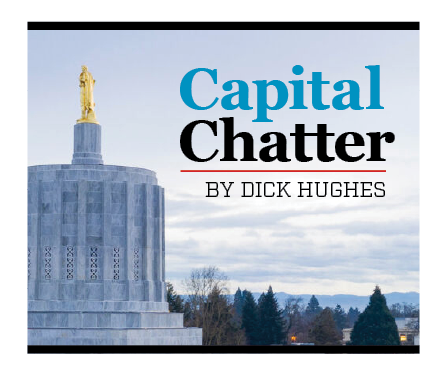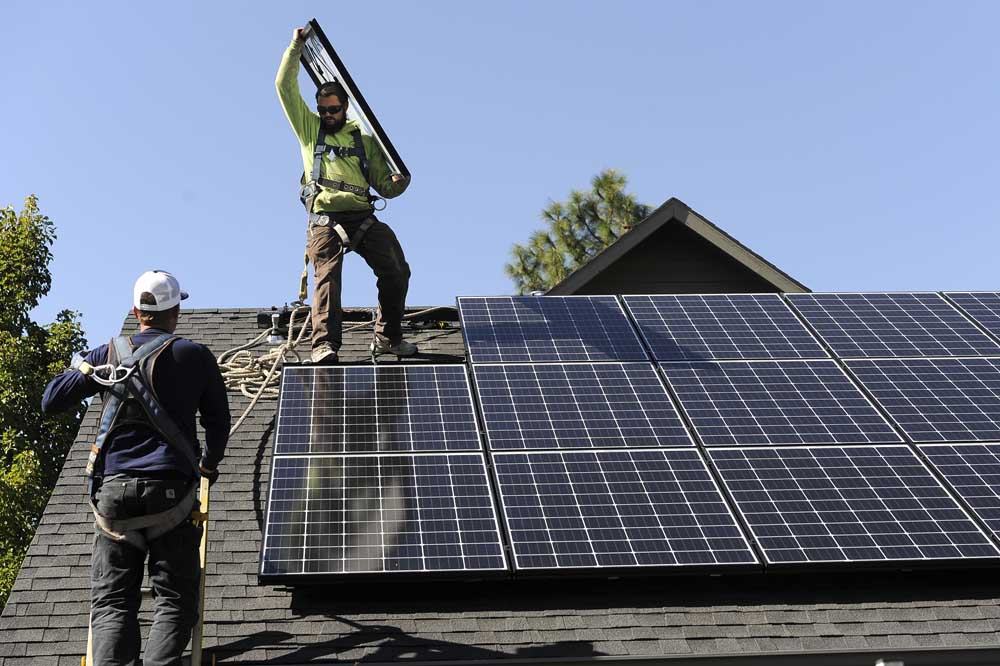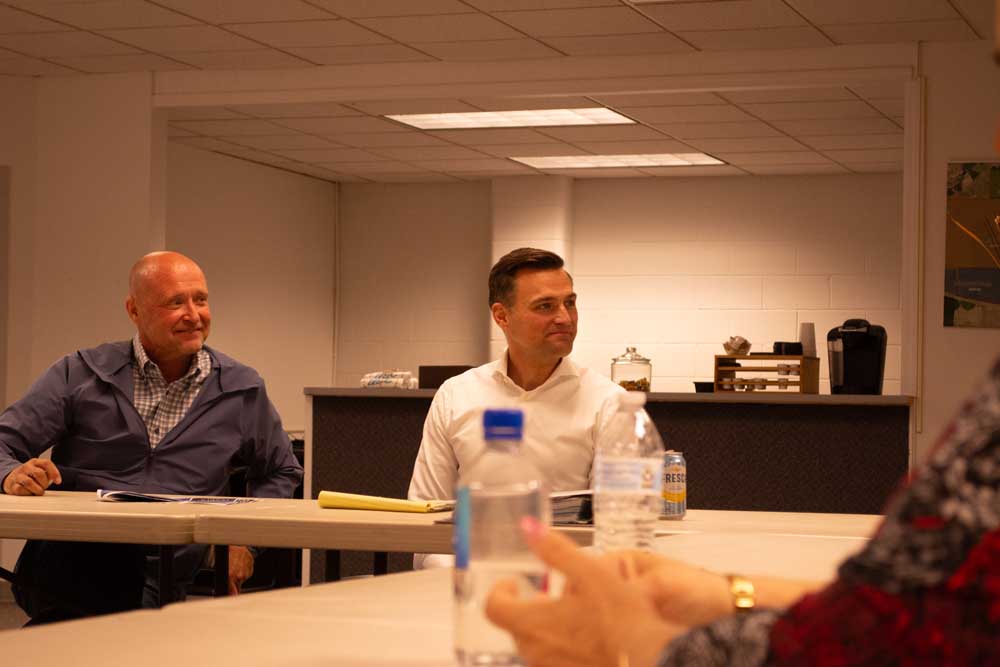Capital Chatter: Oregon’s haves and have-nots
Published 4:00 pm Thursday, June 20, 2024

- capital chatter logo
The state transportation hearing Tuesday in Tillamook illustrated the difference between Oregon’s “have” and “have-not” communities.
Trending
Unlike in Portland two weeks earlier, the meeting was not streamed live, due to an equipment problem. A shaky video eventually was posted Thursday morning on the Legislature’s website.
Still, this episode underscores why rural Oregonians believe the Portland metro area receives preferential treatment.
“Needless to say, let’s not forget rural Oregon and the farm and forest communities that really make the fabric of this state possible in growing the economy,” Rex Storm of Associated Oregon Loggers testified before the Joint Committee on Transportation.
Trending
This was the committee’s second town on its 12-stop Transportation Safety and Sustainability Outreach Tour. Next up are Albany on July 16 and Eugene on July 17.
Here are 10 takeaways so far:
1. The transportation roadshow combines legislative theater with testimony about locally important issues and projects.
Committee co-chair Rep. Susan McLain, D-Forest Grove, said residents appreciated the lawmakers’ traveling to Tillamook to listen.
With a smaller audience than in Portland, everyone who signed up was able to testify. The listening ears included committee members, local legislators, Senate President Rob Wagner, Oregon transportation commissioners and ODOT executives.
For her part, McLain said in an email Thursday: “I appreciated hearing about the regional differences and shared themes. People emphasized focusing on operations and maintenance, and safety. There was discussion around looking for efficiencies.”
2. The downside is these hearings are one-way. People testify. Legislators listen. There is no back-and-forth.
The roundtable discussions with local leaders, which precede the public hearing, seem meatier.
3. People tend to testify about how and where they want transportation dollars spent but not so much about how to raise that money, which is the crux of the committee’s challenge as it prepares for next year’s legislative session.
4. What’s politically palatable, not what’s needed, will determine the size of that transportation package in the 2025 Legislature. It surely won’t be enough to fill what the Oregon Department of Transportation says is nearly a $1.8 billion annual shortfall.
A funding package, which will require ultra-majorities for legislative passage, could include a gas tax increase; automatic indexing of that tax to inflation, as many states already do; and/or a mileage-based fee.
A sales tax dedicated to transportation also is being floated. I doubt that will fly, because of Oregonians’ traditional resistance and the new tax bureaucracy it would require. In contrast, the gas tax is easy to administer.
5. Interest groups are rallying residents to push specific ideas, which may or may not be reflective of the general populace. Those groups range from AAA and the trucking industry to bicycling, environmental and pedestrian-safety organizations.
6. Look for testimony to vary by region. There also are similarities, noted committee member Rep. Khanh Pham, D-Portland.
“From Portland to Tillamook, I was heartened to hear consensus across these very different districts that road maintenance and safety must be prioritized, and that the vitality of our communities and economies depends on these investments,” she said in an email Thursday.
“Both communities highlighted the critical need for investing in seismic retrofits necessary for disaster resiliency. It would be unconscionable for the Oregon Legislature to move forward with a transportation package that does not identify the resources to seismically modernize vulnerable roads and bridges in a reasonable timeline.
7. Turnover among lawmakers exacerbates the difficulty of decisions. It can take years to build knowledge, understanding – and pragmatic compromise – on transportation or any other complex issue.
For example, Sen. Brian Boquist, R-Dallas, is among the most experienced Transportation Committee members. A key player, he won’t be around for the 2025 session.
The last transportation package, in 2017, embraced tolling under the urging of Portland-area civic and business leaders. New lawmakers, some of whom apparently hadn’t followed those discussions, turned around and helped force Gov. Tina Kotek to delay tolling.
8. The Legislature’s past transportation packages focused on projects, not maintenance. Most federal transportation dollars coming to Oregon can’t be used for maintenance. To fully catch up on maintenance, Oregon’s current transportation taxes would need to nearly double.
9. Everything involves tradeoffs, and not just in priorities.
Gas tax revenues have diminished because mileage per gallon has more than doubled, and some drivers have switched to hybrid or electric vehicles. EVs are good for the environment but, due to their heavy batteries, cause more wear-and-tear on the roadways.
The Interstate 5 Rose Quarter Improvement Project has broad support for restoring neighborhood connections by covering a stretch of the freeway. However, on Tuesday, a semi-trailer carrying propane tanks caught fire on I-5 in Portland, closing the freeway in both directions. Imagine how problematic the incident would have been if it had occurred in a tunnel-like environment.
In the same vein, many Oregonians happily now pump their own gas. But as a Portland engineer reminded me, few motorists know where to find or how to use the service station safety equipment.
10. Cities and counties are desperate for increased road maintenance and other transportation funding.
These local officials aren’t the ones having to make the tough votes in the Legislature. How many who plead with lawmakers for more money will publicly support the requisite tax and fee increases?





